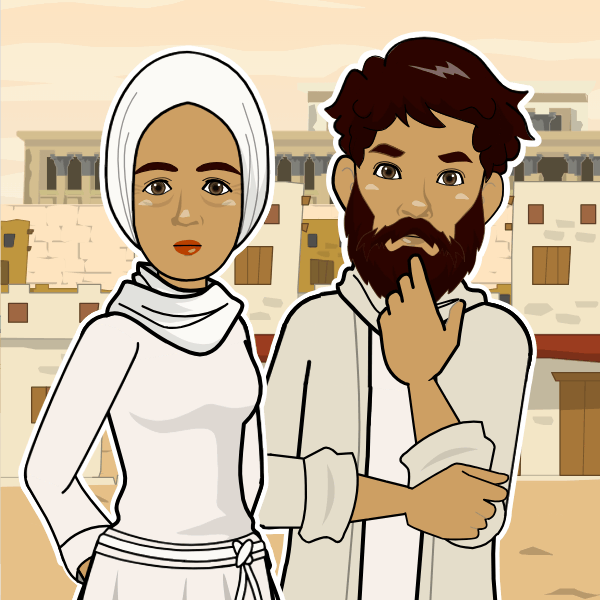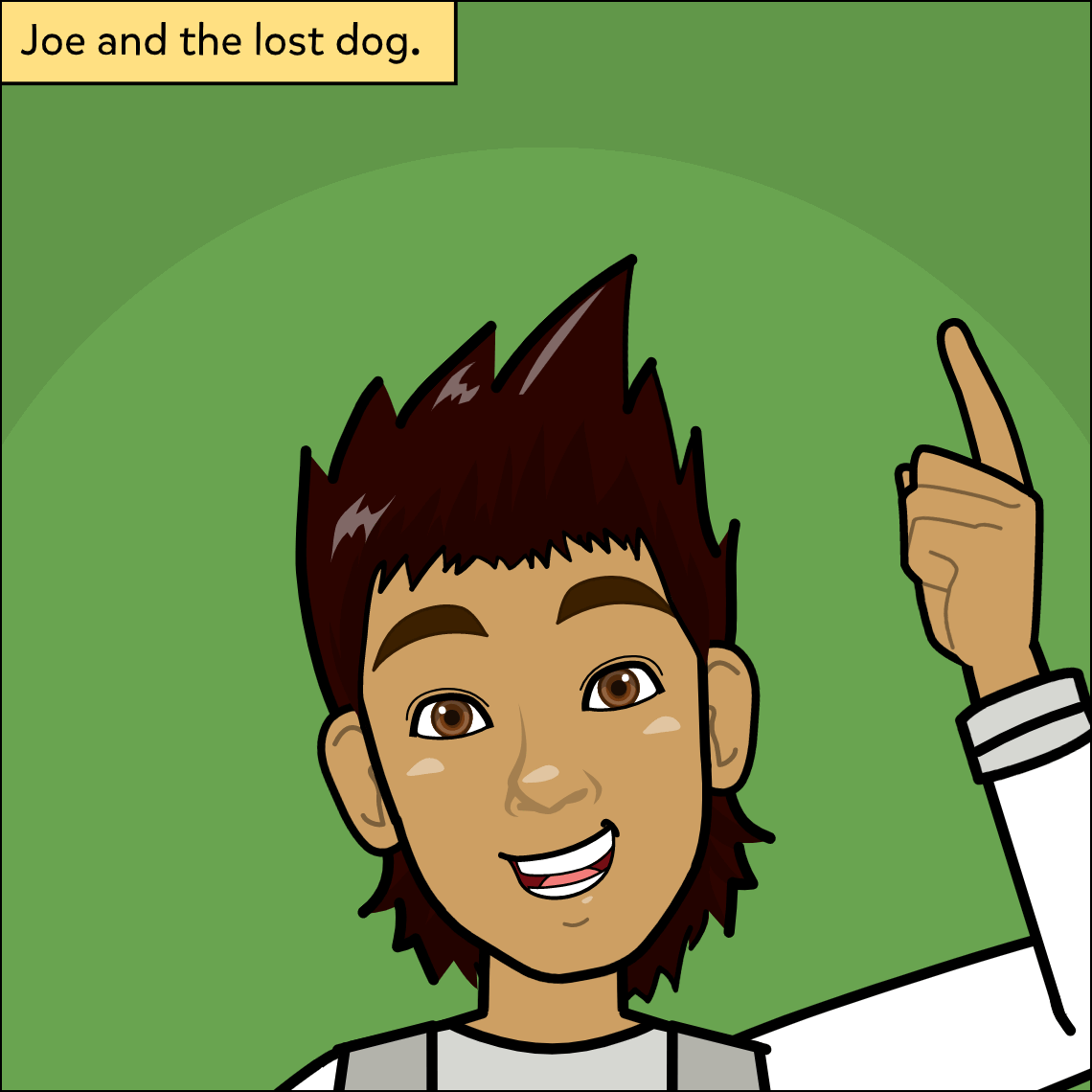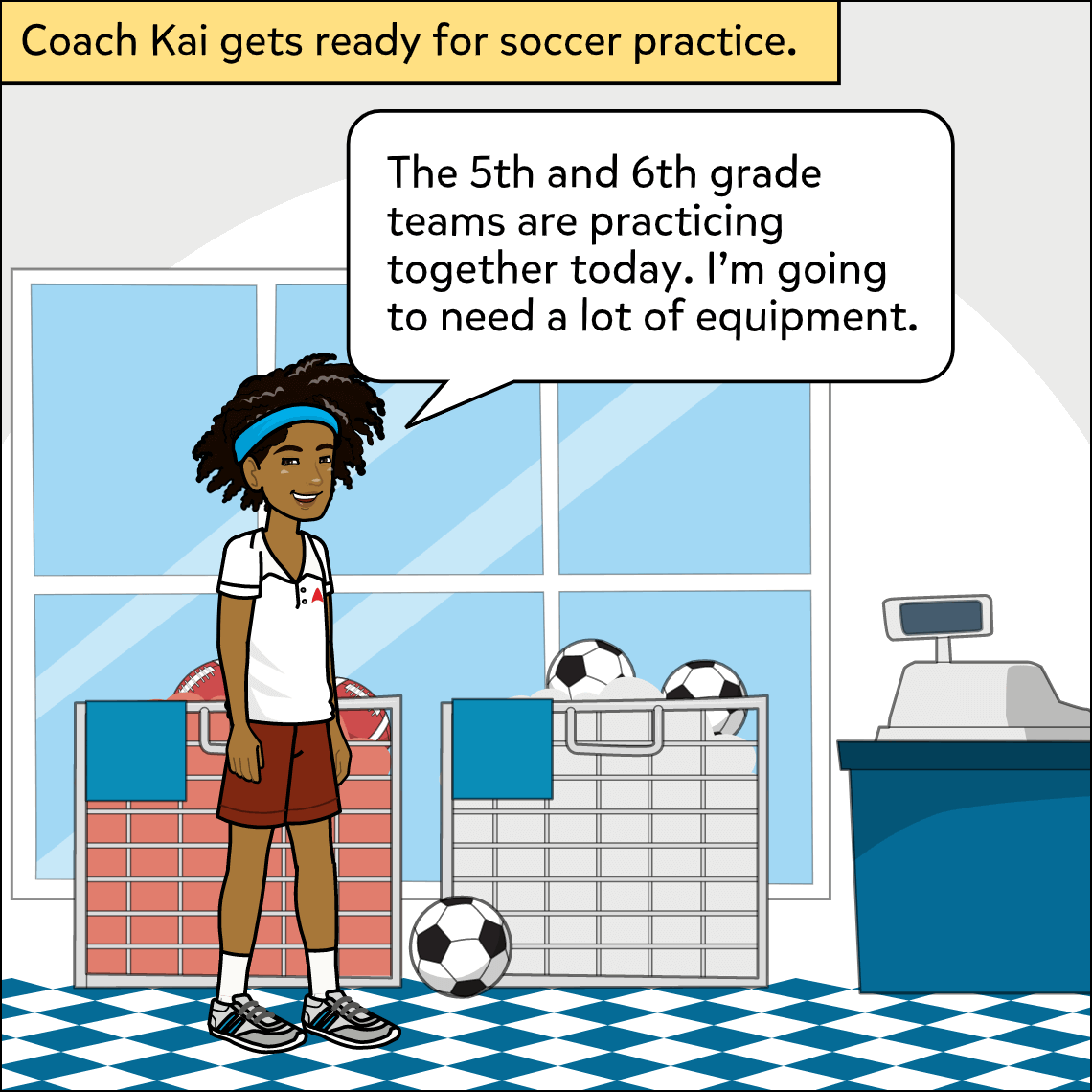Subject: ELA (English Language Arts)
Lesson Length: 1 - 2 class sessions
Topic: Integration of Knowledge and Ideas
Brief Description: Students will be able to present a comic to their peers to explain the relationship between the illustrations in their comic and how they add to the meaning of the story.
Know Before You Start: Students should be familiar with the basic elements of a story, such as character, setting, conflict or problem, and solution.
Hook:
- Ask students “How do illustrations help you understand the story?”
Activity:
- Read a wordless picture book to the class. Stop at various points in the story to ask questions about what is happening in the story and how they know.
- Ask students to write or draw the main character’s emotions at the end of the story on a Post-it note. Collect the Post-its and read the responses aloud to the class. Explain that readers should have similar answers because the illustrations add meaning for all readers to be able to understand the story.
- Share with students that today they will be creating silent comics, which are comics that do not include words or speech bubbles. They are made up entirely of pictures to tell a short story.
- Have students use a graphic organizer such as First, Next, Then, and Last Sequence Chart to map out their stories.
- Students may continue mapping out their story if they need additional time.
- Have students create their silent comics.
- Have students present their comics in pairs or in small groups. Have students explain how their illustrations add meaning to the story.
Closure:
- Offer time for students to provide compliments to one another about their illustrations and storytelling.
- Share with students that today they made comics that told a story to the reader through illustrations. You do not always need words to gather information about what is happening in a story.
Differentiation:
- Allow students to work in pairs or groups as needed.
- Allow students to use the voiceover feature to read their comics aloud.
- For grade 2 or 3 students, consider asking students to write the lesson or moral of the story on a post-it instead of writing or drawing the main character’s emotion.
- Consider having students provide peer feedback or conference with a teacher for feedback after the planning or drafting phases of the writing process.
Resources:
- Comic to print or display: Comic.
- Videos:
- For the Birds - Animated Short by Pixar
- Lucy- Animated Short by Southeastern Guide Dogs
- Books:
- Pancakes for Breakfast by Tomie dePaola
- Yo! Yes? by Chris Raschka
- A Ball for Daisy by Chris Raschka
- 4 Circles Sequence Chart
- First, Next, Then, Last Sequence Chart
Suggested Content:
Suggested Story Starters:
 Elementary School
Elementary School
 Wilderness
Wilderness
 Halloween
Halloween
 Playground
Playground
 Cave
Cave
 The Bible
The Bible


